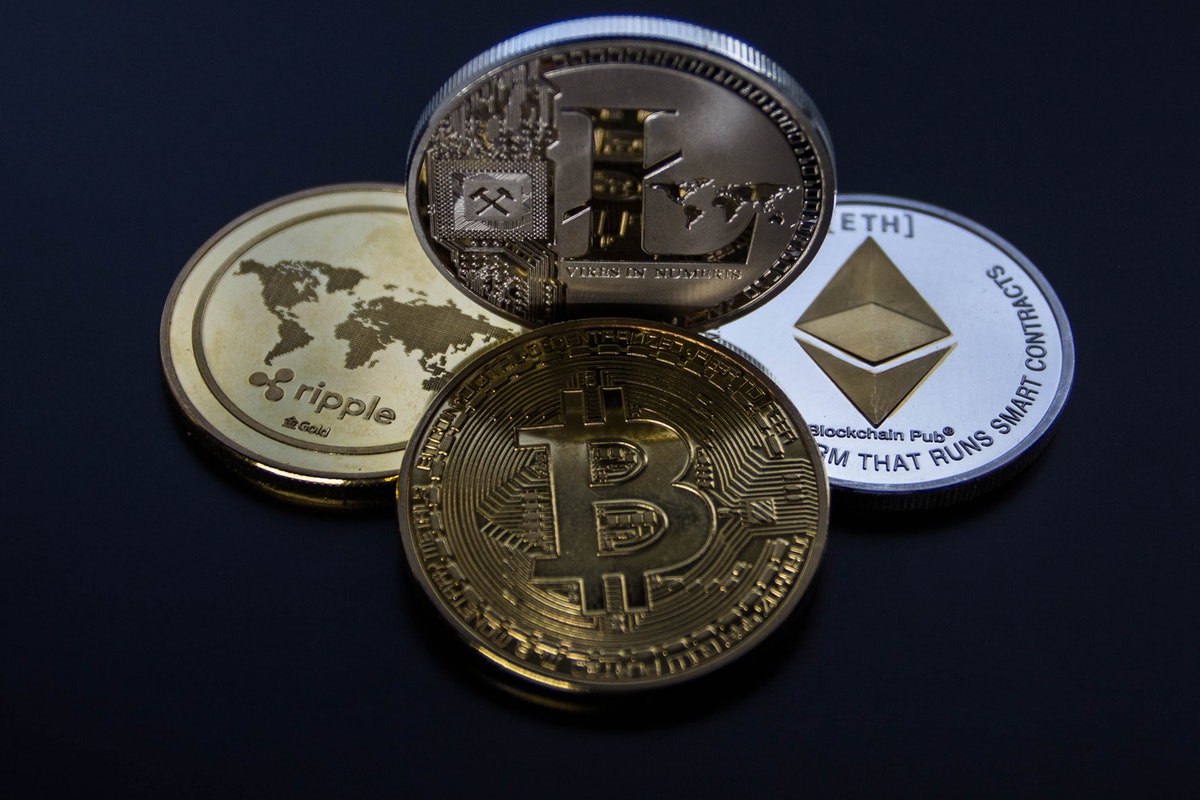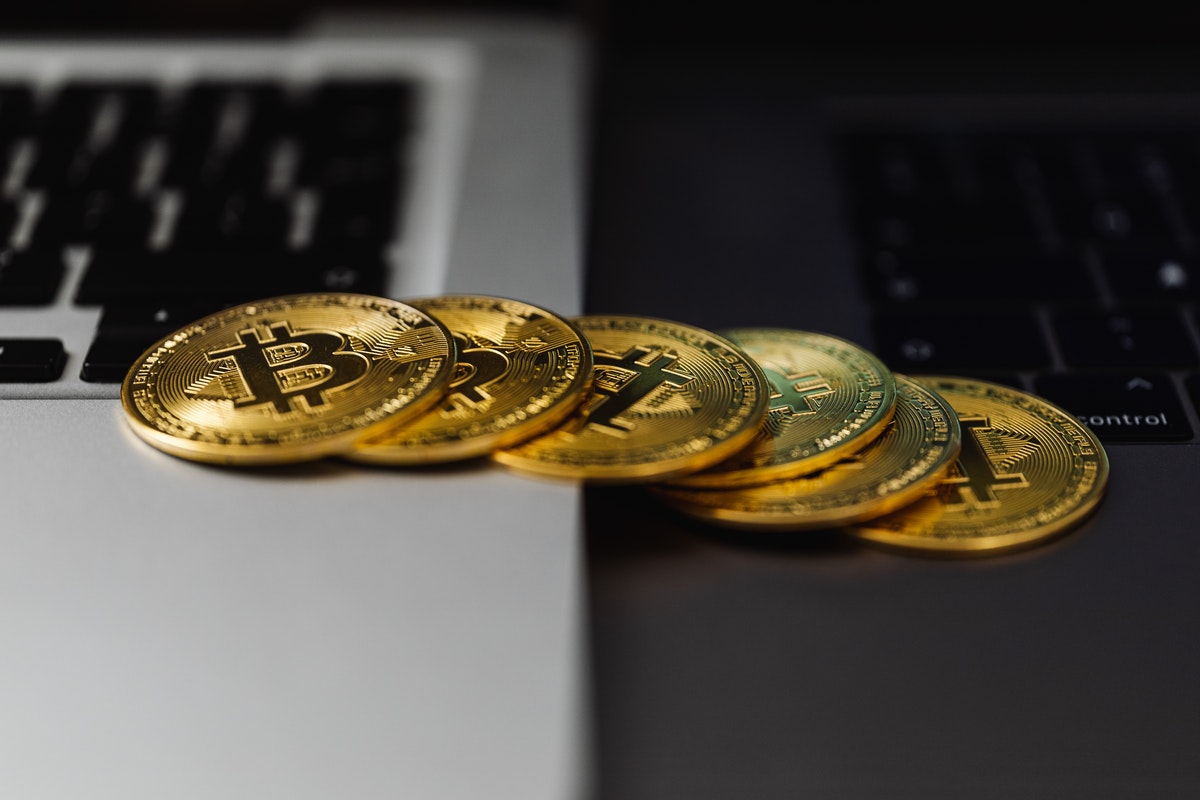The world is changing at an exponential rate, resulting in significant modifications. New unique things are replacing old traditions, and the world is entering the Metaverse. You must educate yourself about bitQT technology to keep pace with the changing world. Experts in fiat money who are unfamiliar with the digital market must update their knowledge and ability to cope with the transforming dynamics.
This article examines the differences between digital and fiat money and compares them in several aspects to provide a comprehensive picture. Let’s take a closer look at the parallels and contrasts between virtual and physical cash.

What is Fiat Money?
Fiat money is the physical form of money backed by precious commodities and is used as a medium of exchange of goods. It is available in either a note or in coin form. It is a legal tender that does not hold any intrinsic value. Government-based central authorities issue it. A few examples include Dollar, Euros, Yen, Rupees, etc.
What is Digital Money?
Digital money is defined as the virtual form of money that is not backed by a precious commodity. It is used to trade on software-based platforms. It has no physical existence and is available digitally. Legal authorities do not issue it. Instead, online software issues it through Initial Coin Offerings (ICO) campaign. Examples include Bitcoin, Ether, Litecoin, Ripple, etc.
How Are They Both Different From Each Other?
Fiat money is different from digital money in several ways, which are mentioned below:
Centralization
The digital currency is fully decentralized. By decentralization, it is indicated that the fund’s transfer takes place solely between two parties. No intermediary connects them. In contrast, fiat money is controlled and governed by a central authority, such as banks.
Privacy or Anonymity
The digital currency helps retain the users’ privacy. The transactions that take place using digital currency do not require user verification and can be done anonymously. On the other hand, transactions using fiat money require complete details of the sender and receiver, including their national identities.
Transparency
The digital currency offers a completely transparent system where the transactional data is accessible to all the network participants. At the same time, the money exchange in fiat currency is kept extremely private. The central authorities are the only governing bodies having access to the entire system. Therefore, it is not transparent.
Regulations
The digital currency is not regulated and does not follow laws. As opposed to it, fiat money is held by governmental authorities to enhance safety. In most cases, it is regulated by the state’s official bank.
Issuance
The digital currency is issued on a virtual platform and exists in computer-generated form. It is also traded on software-based platforms.. On the other hand, fiat money is issued on the orders of government officials.

What Are the Similarities Between Them?
Despite a number of differences, physical and virtual money have several similarities as well, which are listed as follows:
Increase in Value
Both currencies’ value depends upon the supply and demand rule. The more it is n demand, the more its value will skyrocket. The less it is in need, the lesser its value will be.
Medium of exchange
Both forms of currencies can be used as a medium of exchange for anything. The digital marketplaces have offered to sell goods against cryptocurrency as well.
Store of value
Both kinds of money can be used as a store of value. For instance, investors invest in US Dollars in fiat currency and Bitcoin in digital currency to gain potential returns. These two are among the top-rated currencies in the traditional and digital markets, respectively. Hence, both can be used as a store of value.
The Bottom Line
To close it in a nutshell, the transforming world has shifted the trend of people from the traditional market to the digital market. Cryptocurrency has provided several benefits, including anonymity, transparency, etc. Still, it has not gained enough popularity to replace fiat money because of specific properties, including lack of rules and regulations, high volatile rates, etc. Therefore, the future does not hold solid evidence for digital currencies overtaking fiat currencies.